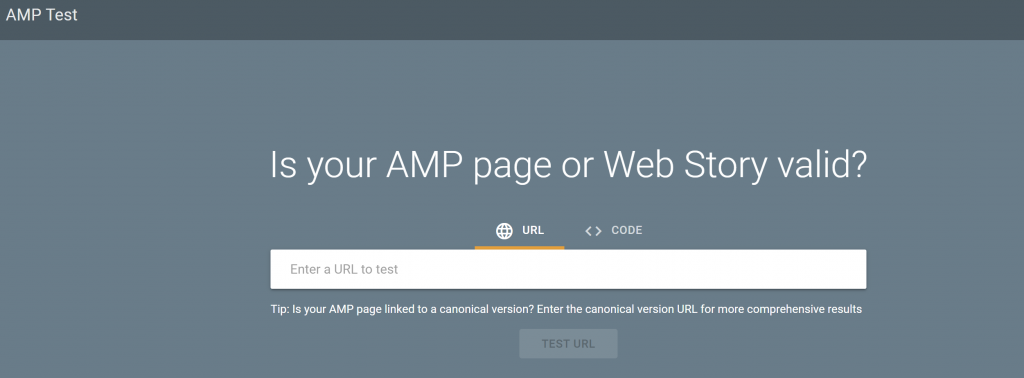
Accelerated Mobile Pages (AMP) is an open-source initiative designed to improve the performance of mobile web browsing. Introduced by Google in 2015, AMP enables web pages to load almost instantly, enhancing the user experience by prioritizing speed and efficiency. By simplifying the HTML structure and restricting certain elements that slow down performance, AMP allows publishers to create lightweight pages that render quickly on mobile devices.
How AMP Works
AMP operates by enforcing a stripped-down version of HTML known as AMP HTML. This framework limits the use of JavaScript and CSS while ensuring that all resources are loaded asynchronously. The streamlined approach prevents elements from blocking the rendering process, resulting in significantly faster page loads. Additionally, AMP relies on a caching system, such as Google AMP Cache, which preloads and serves pages directly from Google’s servers for near-instant delivery.
Benefits of Accelerated Mobile Pages
One of the most significant advantages of AMP is its ability to improve mobile page speed, which directly impacts user engagement and retention. Faster load times reduce bounce rates and encourage visitors to spend more time on a website. Another key benefit is the potential boost in search engine rankings. Google prioritizes mobile-friendly and fast-loading pages, often giving AMP-enabled content greater visibility in search results. Additionally, AMP enhances ad performance by ensuring that advertisements load quickly without disrupting the user experience.
Limitations of Accelerated Mobile Pages
While AMP offers numerous benefits, it also imposes restrictions that may not be suitable for all websites. The framework limits custom JavaScript, which can reduce interactivity and certain advanced functionalities. Some publishers may find that the simplified design constraints affect branding and user engagement. Furthermore, dependency on Google’s AMP Cache raises concerns about content control and data ownership, particularly for businesses that prefer to manage their own hosting and delivery.
Implementation of AMP
To integrate AMP into a website, developers must create AMP-compliant versions of their pages by following specific coding guidelines. The structure includes an <amp-html> tag, predefined components for images, videos, and forms, and restrictions on third-party scripts. Validating AMP pages is crucial to ensure proper functionality and compatibility with search engines. Once implemented, AMP pages can be indexed and displayed in Google’s search results, often appearing in the AMP carousel for increased visibility.

Conclusion
Accelerated Mobile Pages (AMP) is a powerful tool for optimizing web content for mobile users. By prioritizing speed and efficiency, AMP enhances user experience, improves search engine performance, and facilitates better engagement with content. However, its limitations mean that businesses must carefully assess whether AMP aligns with their specific goals and requirements. As mobile browsing continues to dominate, AMP remains an important consideration for web developers and content creators aiming to deliver seamless, high-speed experiences to their audiences.

 Amazon Marketing
Amazon Marketing